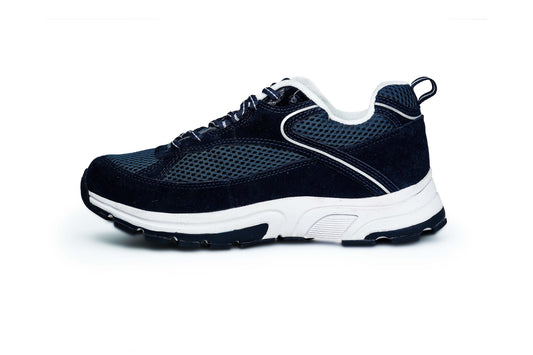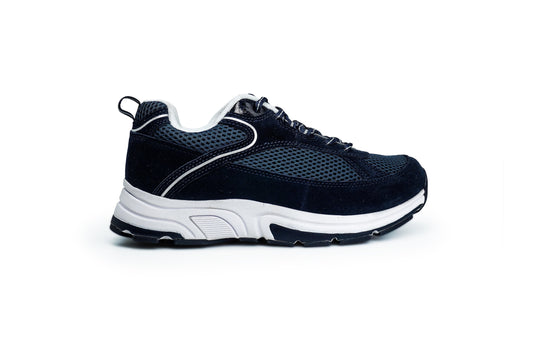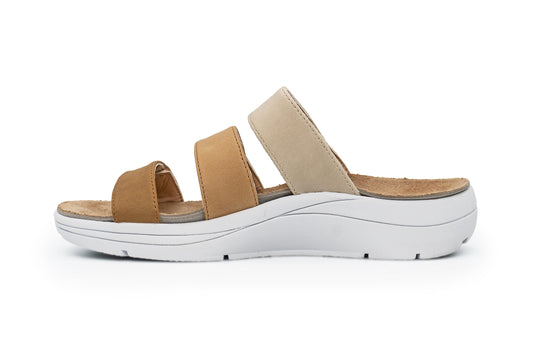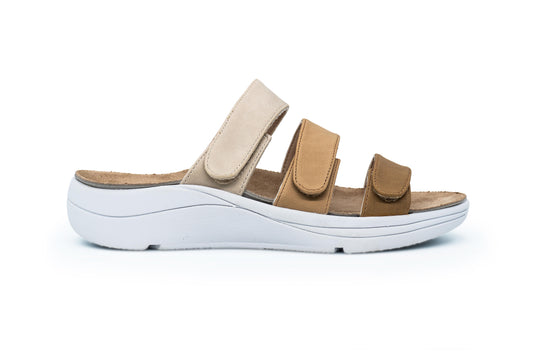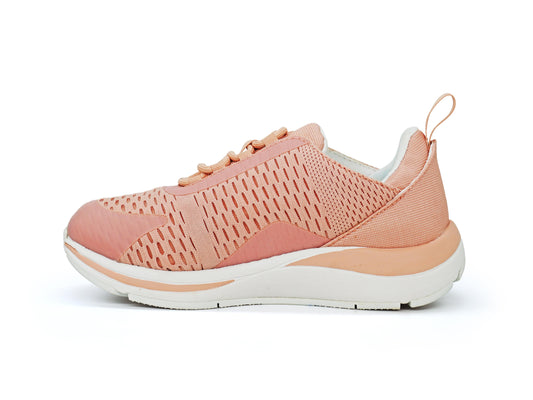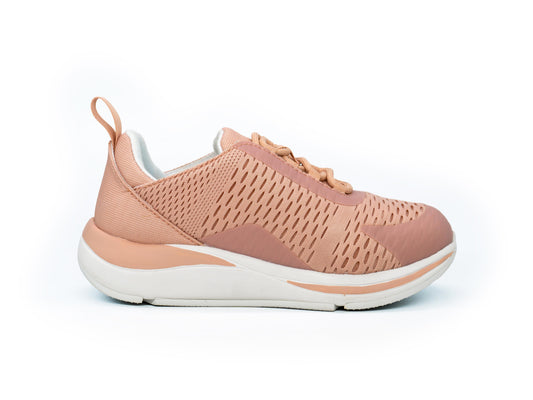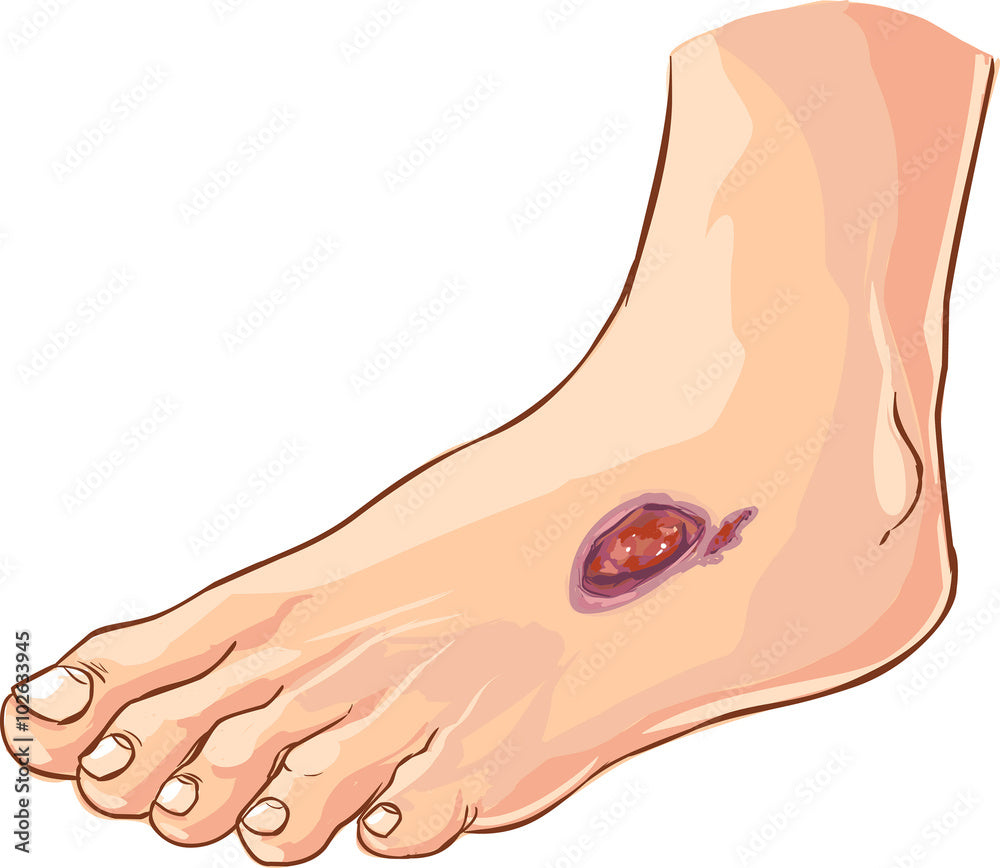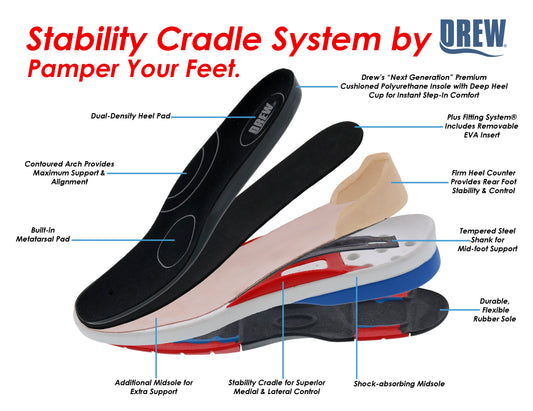Advancements in Diabetic Wound Care: Dressing Materials and Revascularization Strategies
When it comes to managing diabetic foot ulcers, selecting the right wound dressing plays a crucial role in promoting healing and preventing complications. While traditional saline-soaked gauze dressings offer simplicity and affordability, newer dressing materials have expanded the options available to healthcare providers.
Exploring New Dressing Materials

Modern wound dressings come in various forms, including film dressings, foam dressings, non-adherent dressings, hydrogels, hydrocolloids, and alginates. Each type offers unique benefits, such as maintaining a moist wound environment and promoting optimal healing conditions. The choice of dressing depends on factors such as wound type, size, and patient preference, highlighting the importance of a tailored approach to wound care.
Adjunctive Wound Care Treatments
In addition to dressing materials, adjunctive wound care treatments play a vital role in diabetic foot ulcer management. Human skin equivalents have shown promise in promoting wound healing by stimulating tissue growth and closure through the action of cytokines and dermal matrix components. Similarly, recombinant platelet-derived growth factor gel has demonstrated efficacy in stimulating wound healing, particularly in non-infected neuropathic ulcers.
However, it is essential to note that these treatments are most effective when combined with other modalities such as surgical debridement and offloading.
The Role of Revascularization
Peripheral ischemia poses a significant challenge in diabetic foot ulcer management, highlighting the importance of revascularization in restoring adequate arterial blood supply. Surgical bypass is a common treatment method, with favorable long-term outcomes reported in diabetic patients. In cases of multiple occlusions or lesions, revascularization at each point is necessary to maximize the chances of limb salvage. Transluminal angioplasty offers a less invasive option for single stenotic lesions, while bypass surgery remains the preferred choice for more extensive occlusions or infra-popliteal vessel involvement.
Advancements in wound dressing materials and revascularization techniques have revolutionized diabetic foot ulcer management. By leveraging the benefits of modern dressing materials and employing appropriate revascularization strategies, healthcare providers can optimize outcomes and enhance the quality of life for individuals living with diabetes. A comprehensive approach, tailored to the unique needs of each patient, is essential for successful diabetic wound care management.
Browse through our varied selection of shoes engineered for Diabetic relief, ensuring unmatched comfort and functionality for your feet.
Select from our top choices to secure the perfect pair for your comfort, exclusively at DiabeticShoe.in.

